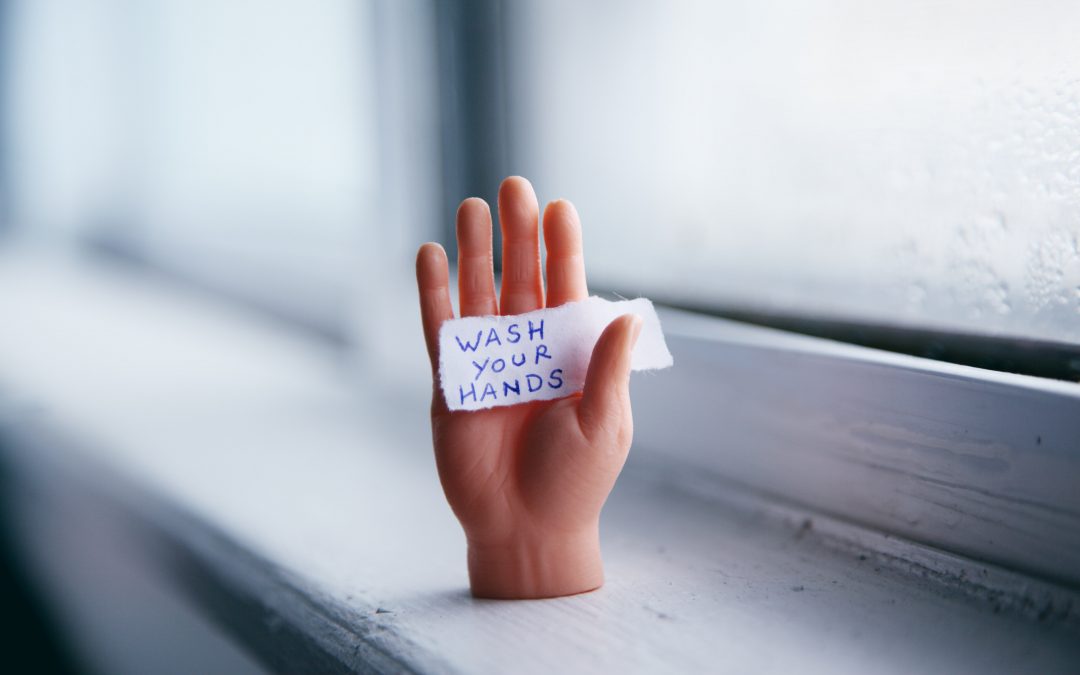One of the changes borne out of the COVID-19 pandemic is increased mindfulness about cleanliness and sanitation to help stem the spread of the disease. With most people having become neat freaks over the past few months, businesses make sure to keep their premises clean to avoid violating health regulations and facing possible liability in case of COVID-19 transmission.
According to Eric Hu (pictured), senior risk engineer at Swiss Re Corporate Solutions, COVID-19 has made cleaning and disinfection a top risk management and C-suite-level concern. This is a huge departure from half a year ago, when CEOs were unlikely to lose sleep over how often surfaces were cleaned and how.
Cleaning and disinfection may seem synonymous to each other, but, according to Hu, it is especially important during a pandemic to know the distinction between the two.
“Cleaning is the removing of soiling – visible or invisible – on a surface, and is a key step to take prior to disinfection, in which the presence of even a small particle of dust or dirt renders itself ineffective,” said Hu. “Not appreciating the differences, businesses may unknowingly disinfect before cleaning or disinfect without cleaning, both of which would not effectively eliminate the COVID-19 virus.”
Due to the current health crisis, the process of cleaning and disinfecting has changed dramatically and, because of that, proper training of staff undertaking this task is essential for effectiveness and safety of employees and customers when reopening public spaces, he said.
What are the risks involved?
Hu said that companies should also thoroughly vet all third party contractors hired to undertake the cleaning and disinfection process on their behalf.
Due to the increased demand for such services, many cleaning companies who have previously not been very active in the field are now aggressively marketing their services.
“It is important that businesses consider the third party’s qualifications and track record of providing such services and also have an auditing program in place to ensure the job is being done to the level of detail needed to be effective,” Hu said.
Another important consideration when selecting a third-party provider is whether they have adequate general liability cover.
“Take the example where you’re an office tower, and the cleaning and disinfection is outsourced to an external service provider,” Hu said. “In the case where someone contracts COVID-19 and it is traced back to the building, while the owner of the building would be liable, the cost would be borne by the third party provider and covered under their general liability policy.”
Increased storage of disinfectant agents containing high percentages of alcohol puts premises at higher risk of fires, while certain disinfectants can cause irritation to skin without the proper protective measures, and prolonged exposure to UV lights may damage skin and eyes.
“Cleaning too often or with agents that are too harsh for the surface’s material could result in physical damage due to erosion,” Hu added. This could lead to additional costs to replace the damaged material or surface. Disinfecting too often with an unsuitable agent may also cause resistant germs to emerge.
Hu reminded businesses to always refer to their local government, health agencies and the industry bodies or the guidance and standards required when it comes to cleaning and disinfection.
Importance of proper information dissemination
While best practices may vary depending on many factors including industry, size, the organization’s purpose and customer demographics, it is important that cleaning and maintenance staff know what to do in advance as well as receive training. They must also know how to handle any new materials and equipment they need to carry out their part of the cleaning and disinfection plan.
Aside from cleaning and maintenance staff, customer-facing staff must also be well-informed, so they are able to address questions from customers.
“Customers need to know what you are doing and why you are doing it to feel comfortable and understand any role they have to play, such as hand sanitization and wearing face masks,” Hu said.
Furthermore, Hu reminded organizations to put more effort into disseminating information and avoid relying solely on email or posters.
“Communicate the plan on a personal basis where possible, especially to those who it will impact the most, such as cleaning staff, and those who need to communicate the plan to others, such as reception and HR staff,” he said. “Communication is key to the adherence to a plan. People need to understand why they must do things. If they do not understand this, then they are far more likely to cut corners.”
Photo by Sharon McCutcheon on Unsplash / Article from www.insurancebusinessmag.com

